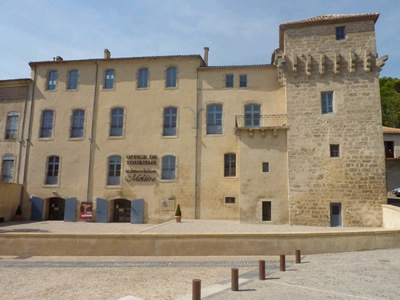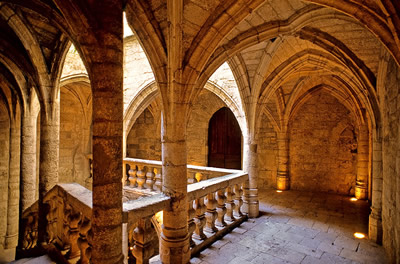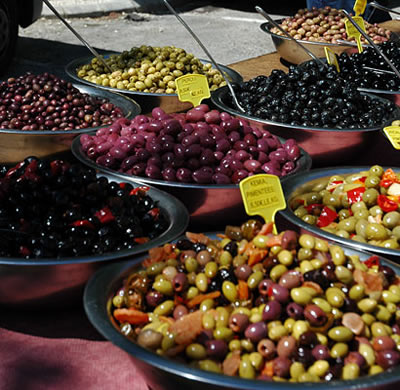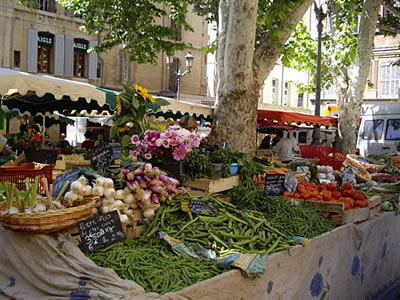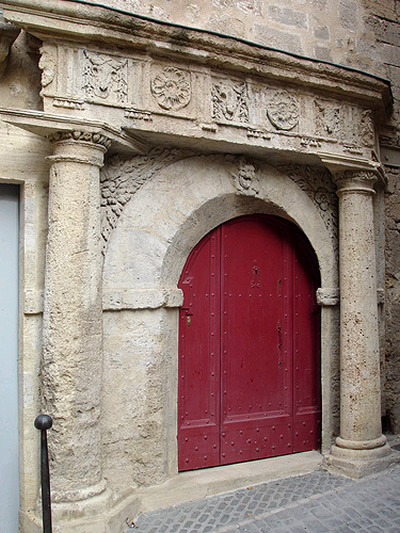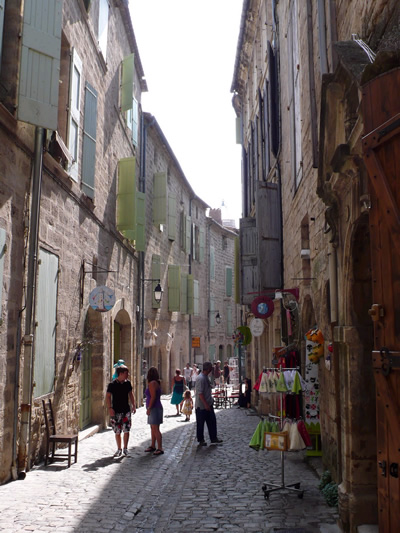|
< BACK TO 'ABOUT THE LANGUEDOC'
Pézenas Introduction
Pézenas is one of the most beautiful towns in all of Languedoc - and one of the most charming in all of France. Once the capital of the Languedoc region (back in the 1600s) - many of the buildings in its centre benefit from gorgeous carved-stone fronts, and intricate ironwork - a reminder that Pézenas was once the playground of kings, princes and some of Europe’s most famous artists.
Pézenas is now home to around 10,000 people - and is hugely popular with holiday makers and 2nd home owners. Only 20 minutes from Languedoc’s beaches, it sits at the beginning of picturesque rolling countryside that leads up to the Montagnes Noir further north. Like many towns in the region, it is entire encircled by vineyards - a number of which produce award-winning wines that can be tasted at ‘Les Caves Mollières’ in the town.
Pézenas is also a local centre for antiques and arts and crafts. About 40 permanent artists and ‘artisans’ work throughout the year in the town, and their work can be purchased in the multitude of arts and crafts shops that dot the winding streets of the centre of Pézenas. Many also offer the opportunity to watch the artisans at work - in their workshops. The western sector of Pézenas is home to about 20-30 antiques shops - a great resource should you buy a property in the area and want to furnish it in traditional Languedoc style.
Pézenas plays hosts to some of the region’s finest restaurants - including L’Entre Pots (modern French cuisine), Les Palmiers (relaxed Mediterranean fare) and Les Marronniers (traditional Languedoc cuisine). The town’s weekly Saturday morning market is also a huge draw.
History
Languedoc is teeming with rich Roman history - and Pézenas (or Piscenae - reflecting the fish and marine life trapped in the local stone) was founded during this period. The town featured many luxurious roman villas and countryside estates - being not far from the huge Roman town of Narbonensis (Narbonne) and not far from the Via Dometia - linking Italy with Hispania.
During the medieval period - the Knights Templars and then the Hospitalers of Saint John of Jerusalem were active in the town, drying out the nearby swamps to create farmland, and building buildings in the town centre. But it wasn’t until the start of the 17th century that Pézenas really rose to prominence - becoming the capital of the ‘States of Languedoc’, and seat of the ‘Governors of Languedoc’ - a position it held for 100 years. It was during this time that the writer Mollière settled in the town, writing some of his most famous plays (including ‘Dom Juan’) and running the ‘L’Illustre Théâtre’. Louis XIV visited the town during this time, staying at the impressive Hôtel Lacoste - now a historic site and art gallery.
The town and the region enjoyed another boost in wealth during the 19th century - thanks to the ‘wine boom’. In the middle of the 19th century, the Phylloxera ‘wine blight’ - a disease caused by a type of aphid - devastated most of France’s vineyards. The Languedoc region was the first in France to replace its stock of vines with resistant varieties from the New World - and so enjoyed a wine boom that brought huge wealth to Languedoc and towns such as Pézenas. Many of the area’s châteaux and maisons de maitres date from this period.
The 20th century was less kind to the Languedoc-Roussillon region. it feel behind the rest of France, becoming one of the country’s poorest regions. It was not until the end of the 20th csntury, with the draining of the region’s huge marshes and the advent of mass tourism, that development and progress continued. The historical importance of the town, and its architectural treasures, were finally recognised in 1965, when the French government began renovating and restoring much of the town’s centre. Pézenas now combines tourism, wine-production and arts, crafts and antiques - to be one of the most lively and beautiful towns in the south of France.
Sites of interest
The Pézenas Property Market Pézenas is a very popular town in which to buy property, so prices here are higher than in the surrounding villages. Good properties are also quite rare to find. The surrounding villages offer superb property-buying opportunities - as all are close to Pézenas, and many offers good shops and easy access to the region’s beaches, shopping and cities.
|
